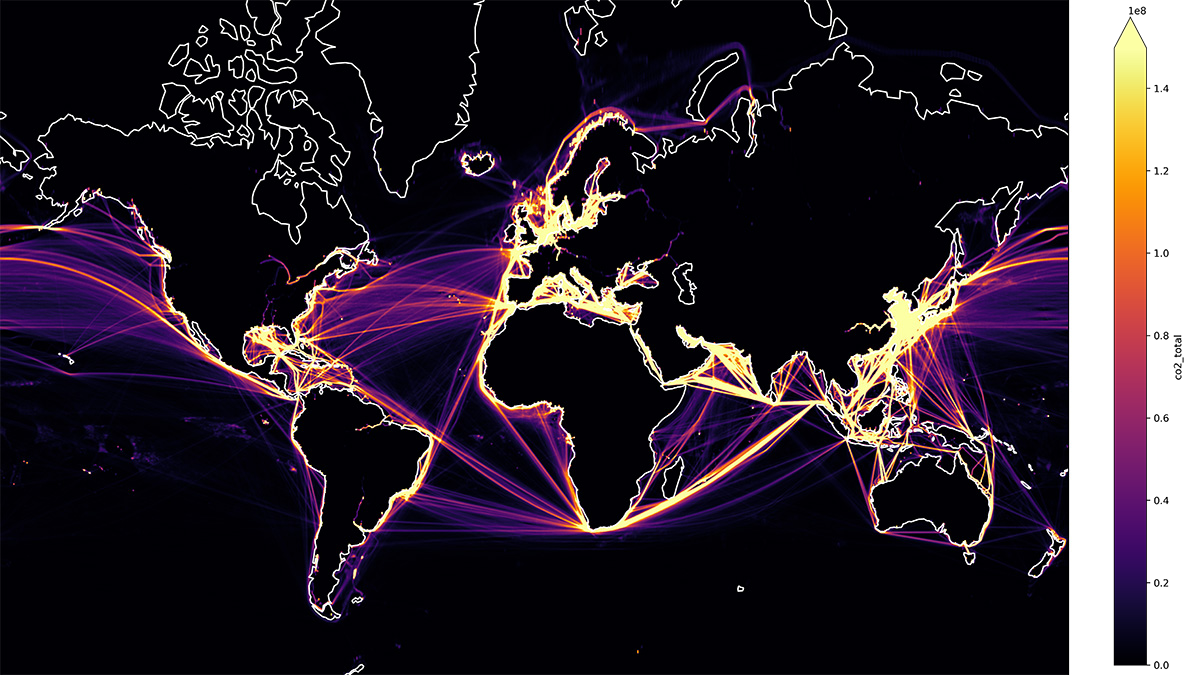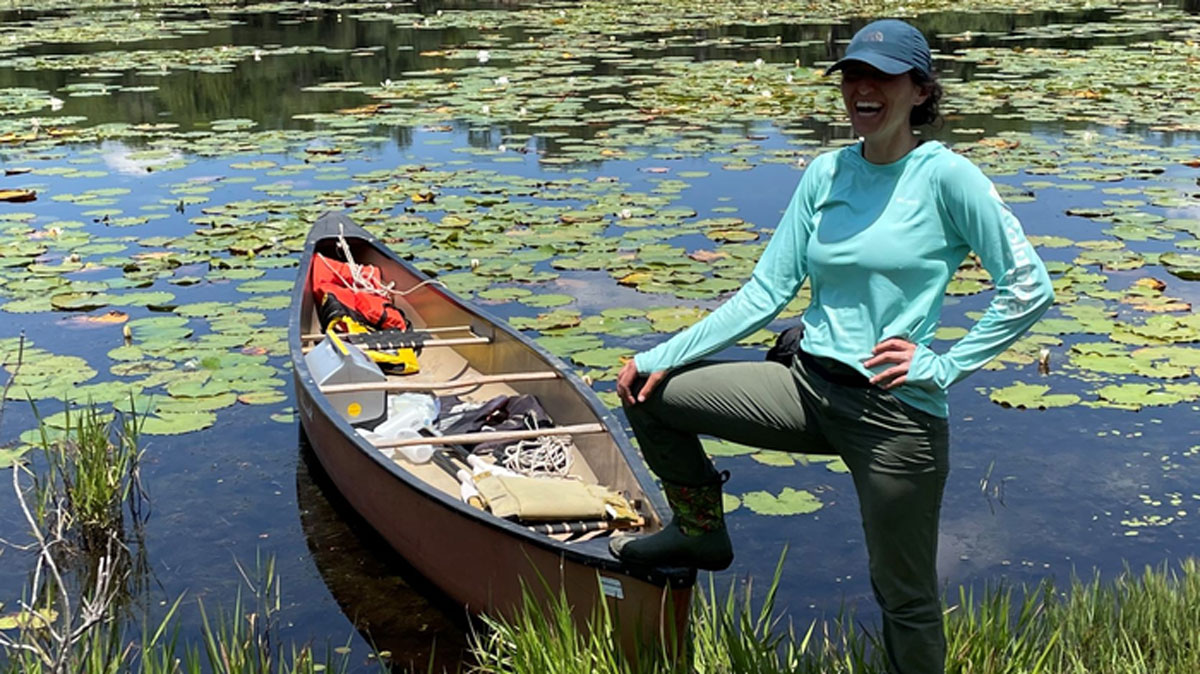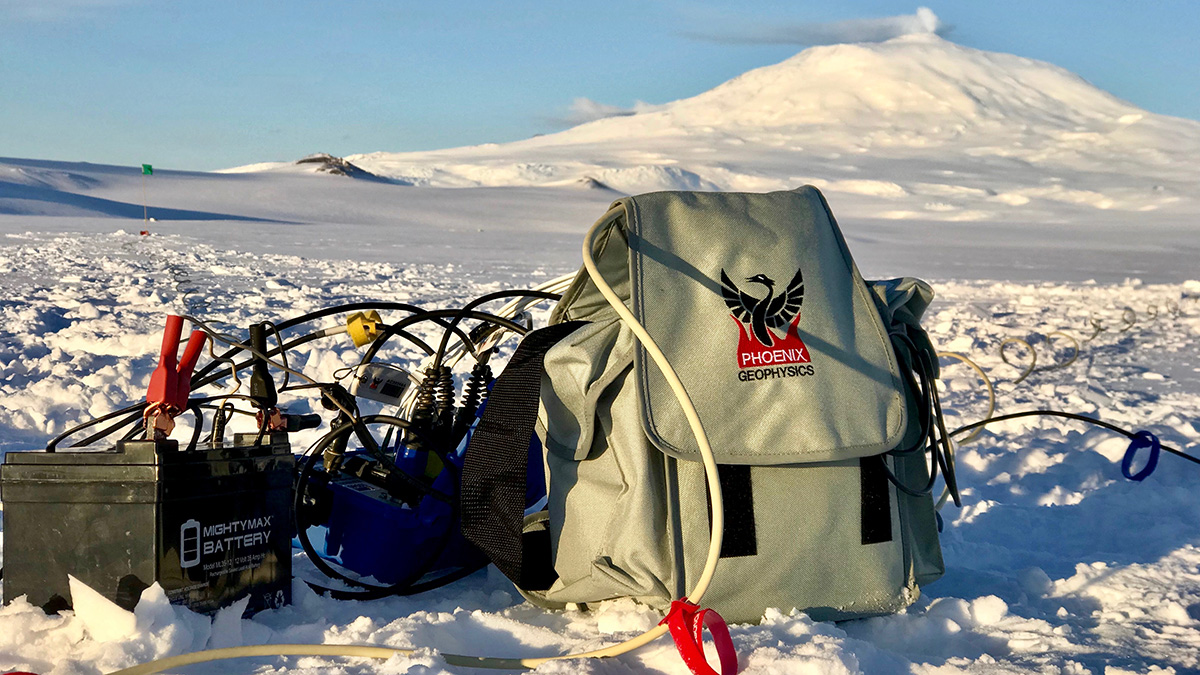The island nation’s underwater fields store huge reserves of carbon, though not as much as scientists thought.
Robin Donovan
Tracking Marine Heat Waves
Heat waves can happen in the depths, invisible at the ocean surface.
Climate Journalism Needs Voices from the Global South
Scientists from Africa, South America, and South Asia are more rarely consulted than their peers in the Global North. A new database aims to change that.
Last Tree Standing
Refugia repopulate forests after fires, but climate change is making these woodlands increasingly unpredictable.
Spurring Ocean Research with Open Data
Ocean data abound, but accessing them is a challenge, making tackling climate change difficult. One nonprofit is trying to compile them.
Managing Mudslide Debris After Fires
California officials faced a conundrum in dealing with mudslides after the Thomas Fire.
Should Inhaled Anesthetics Be Swapped for IVs?
Using intravenous anesthetics instead of volatile ones could help curb greenhouse gas emissions, but there are challenges to making the switch.
Stormwater Ponds Are Carbon Sources, Not Sinks
New research from Florida tracks carbon dioxide and methane emissions from human-created waterways.
Massive Groundwater Systems Lie Beneath Antarctic Ice
Scientists are updating ice stream models to understand the ways in which deep groundwater systems impact ice flow.
Rock Music in Utah
Three-dimensional models could help forecast rock tower frequencies—and seismic impacts—around the globe.










